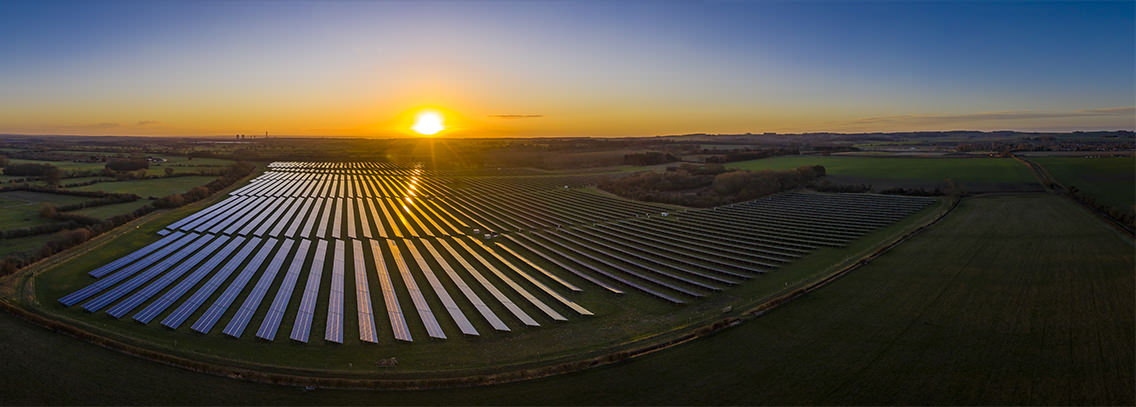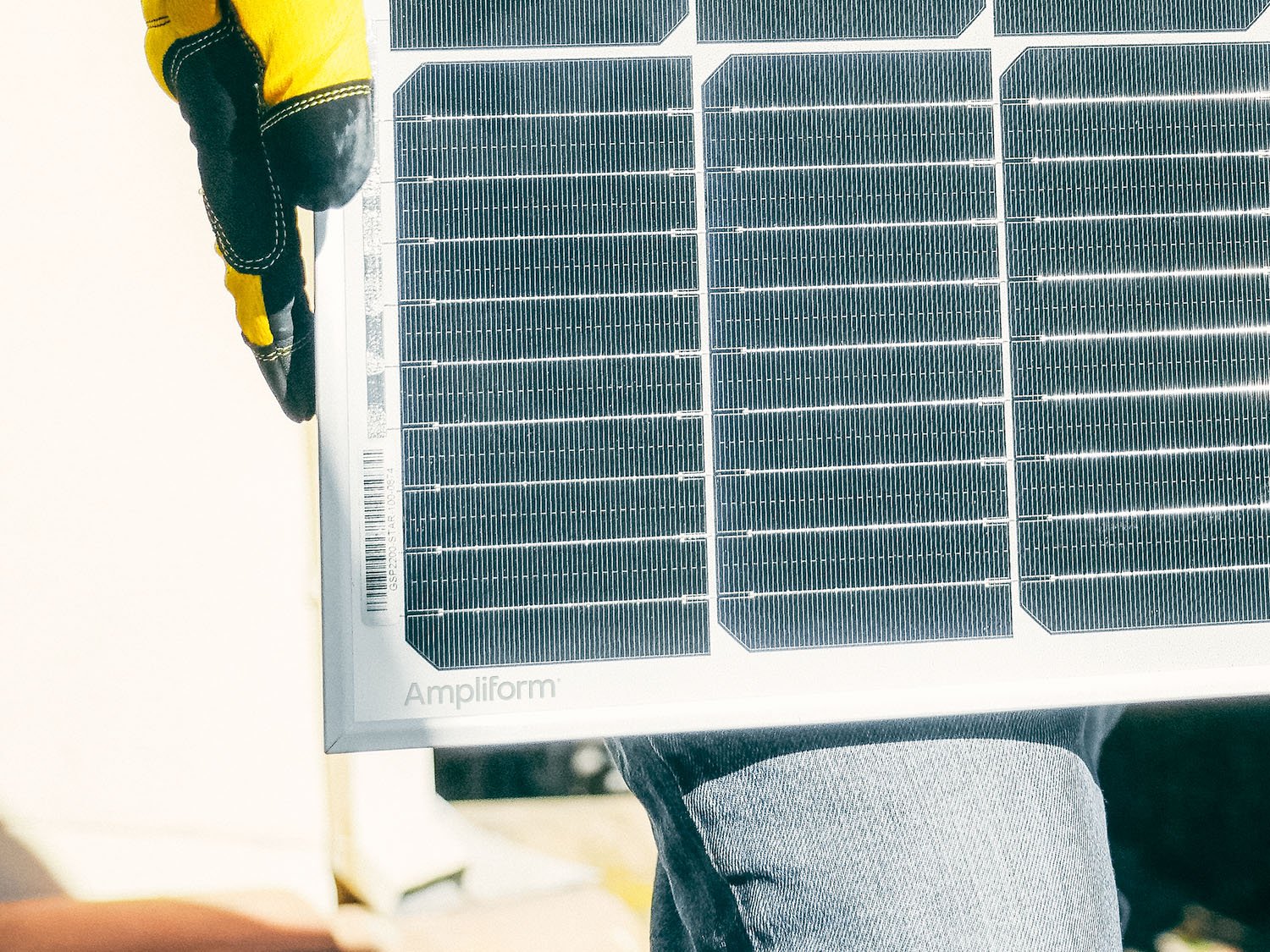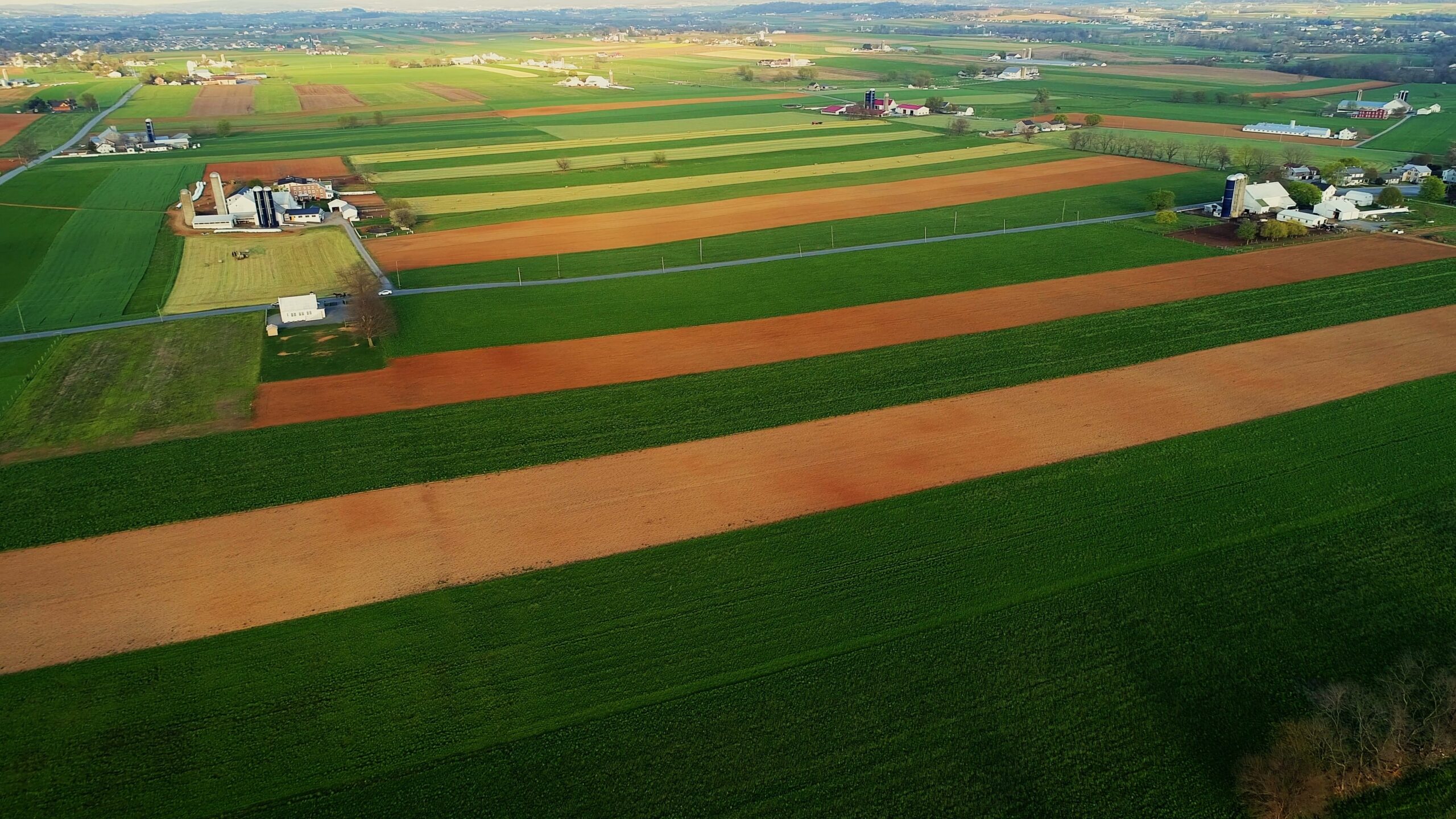WoodMac: solar plants cheaper than natural gas ‘just about everywhere’ by 2023
Tuesday, May 14, 2019
Re-posted from Greentech Media article by Karl-Erik Stromsta, May 14, 2019
The days of new gas-fired plants keeping up with utility solar on a levelized cost basis may soon be over. But the rise of competitive renewables auctions means profits will be hard to come by, even in an expanding market.
Solar will soon be able to out-compete gas-fired plants around the world on a levelized cost basis. That doesn’t mean it will be any easier to make a living in the solar business.
“By 2023, we think solar’s going to be cheaper than gas almost everywhere around the world,” Tom Heggarty, senior solar analyst for Wood Mackenzie Power & Renewables, said Tuesday at GTM Solar Summit in Phoenix.
New combined-cycle gas plants remain competitive with new utility solar in many big markets today, from China to the U.K. to South Korea. But that will no longer be the case by the early 2020s, as equipment costs continue to fall and competitive auctions proliferate, Heggarty said.
Yet for all that signifies, the news has not all been good for the global solar market recently.
The annual market failed to crack the 100-gigawatt mark in 2018 as it was expected to do, due chiefly to a policy-induced slowdown in China.
India, too, put up weaker-than-expected growth last year as 14 gigawatts of auctions were canceled or postponed, or awarded projects were annulled.
2018 was the first year without a record-low price for a solar power-purchase agreement, following a long string of records in markets as diverse as South Africa, the U.S., Morocco and Saudi Arabia.
But setbacks in any one market — even China — are becoming less important as the industry takes root around the world. China accounted for 35 percent of global solar installations through 2018, but that share will fall to 27 percent in the 2019 to 2024 period, WoodMac predicts.
Here are some of the bright spots on the horizon for the global market, according to Heggarty.
Australia
- Australia is a “sleeping giant” that finally began to “fulfill its promise” in 2018, putting up 4 gigawatts of solar capacity — making it the world’s fifth-largest market.
- Australia beat the U.S. to 2 million solar installations by a few months, and that’s in spite of having only 9 million households.
- “PV is now really in the mainstream in Australia,” Heggarty said.
Europe
- After a lengthy stretch in the doldrums, the once-leading European solar market is starting to show sustained growth again, and could be on the cusp of a renaissance.
- 2019 will be an important year as EU countries formally establish their 2030 targets for emissions-reduction and renewable energy, including laying out detailed plans for meeting those targets.
- “We’re expecting to see auction pipelines confirmed; more supportive measures for DG; community solar will become a really interesting sector in Europe, we think,” Heggarty said. “We also think barriers that exist for corporate PPAs will be removed.”
Saudi Arabia
- “Probably the one emerging market we haven’t seen much from yet but which we feel most optimistic around is Saudi Arabia,” Heggarty said. “The economic opportunity and rationale for solar in Saudi Arabia is really clear.”
- Saudi Arabia remains cripplingly reliant on crude oil for power generation. During summer months, the kingdom burns 900,000 barrels of oil per day for electricity, equivalent to 1 percent of global oil demand.
- Saudi Arabia seems to have backed away from a 200-gigawatt solar plan, and instead embraced a more “realistic” 40-gigawatt target for 2030, Heggarty said.
- The country is expected to be a global top-10 market over the coming decade, he added, with concrete steps taken in 2019.
Race to the bottom
With a world of opportunity stretching out before the solar industry, it’s still a challenging place to make a profit, and maybe increasingly so.
Whereas countries once tended to get a feel for solar energy through a feed-in tariff before later shifting to auctions, they are now moving much more quickly to auctions or tenders.
It took Germany 17 years from the time it established a FIT to when it adopted a competitive auction model. China and Vietnam took just three years, Heggarty noted. And Cambodia recently abandoned its plans for a FIT altogether and will move straight to auctions.
The rise of auctions have led to “extremely aggressive” bidding, and the barriers to entry are low for companies looking to develop or build big solar plants. “It’s not just utilities and [independent power producers] that can enter these kinds of markets; there’s a whole range of companies starting to bid from a whole range of countries,” Heggarty said.
Such intense competition means that winning bidders are typically seeing equity returns in the 5 to 7 percent region. Margin compression affects “everybody across the solar value chain,” Heggarty said.
The global solar market is primed for growth as auctions spread, he added, “but these are pretty challenging markets to operate in.”





